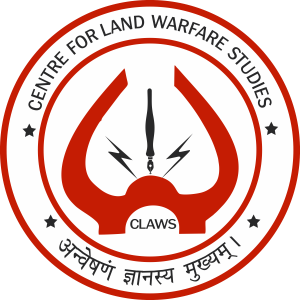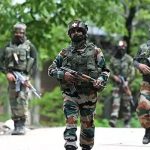Abstract
When mobilization was ordered for Operation Parakram on 15 December, no one knew if it would lead to war but Army Chief, General Sundararajan Padmanabhan thought it was for real : he had got the chance he was waiting for—to punish Pakistan for cross-border terrorism. The IAF and Navy were outside the CBT orbit. The Cabinet Committee for Security (CCS) had hawks, doves and realists. The decision-maker was to be Prime Minister Vajpayee. Defence Minister George Fernandes was the only non-BJP member of the CCS. Foreign Minister Jaswant Singh was a former warrior, strategic commentator and author. Home Minister LK Advani was reputed to be the hawk. India’s intention was to get Pakistan to change its behaviour on CBT which was inflicting heavy casualties on the Indian Army. The right to self-defence under UN Charter and the 9/11 attacks in US provided both the justification and environment for retribution. The international focus on India’s coercive diplomacy – threat of use of force – got distorted to fear of a nuclear crisis which was largely manipulated by US and the international media. An internal cost- benefit analysis was never done to draw up an instructive guide to future India-Pakistan crises. The rediscovery of use of force after 1971, even though stand-off during Operation Sindoor will stimulate innovative ideas on coercive diplomacy, deterrence, escalation dominance and nuclear risk management. Institutional memory to recall relevant aspects of Operation Parakram during Operation Sindoor was missing.













